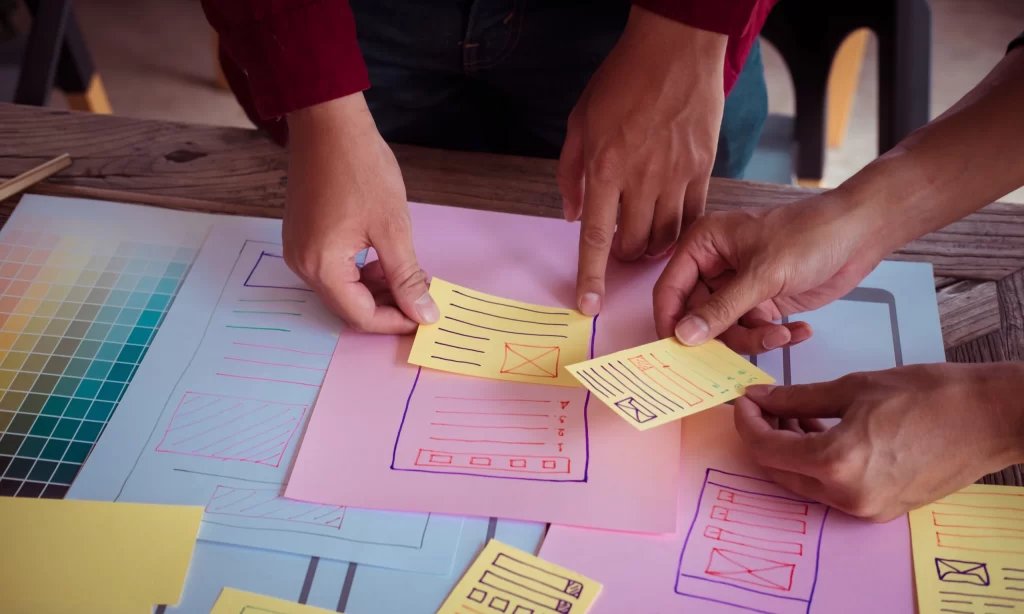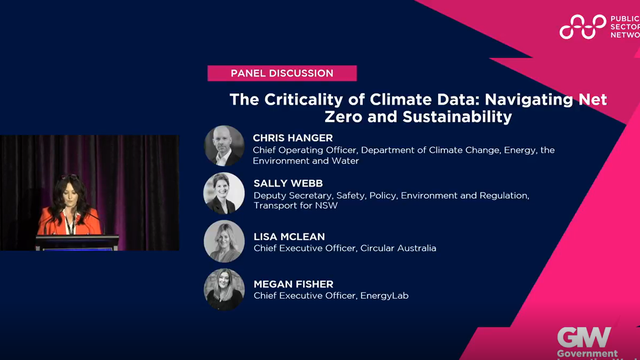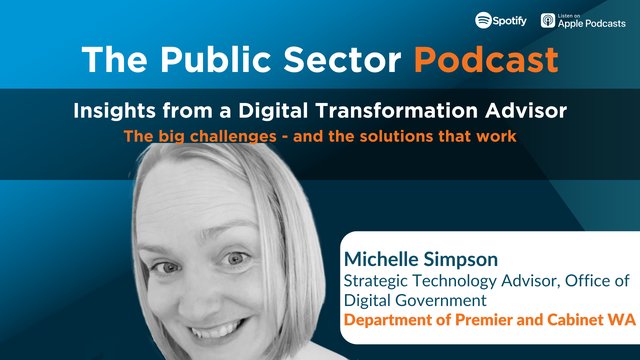Connecting Real World Experience to Policy Making
At the recent Service Design and Delivery event, we heard from the Department of Health as they dive into how to connect the real world experience to policy making. In this article we explore:
- Creating and embedding an agile approach
- Embedding design thinking principles to boost effectiveness, productivity, and citizen satisfaction
Changing the way policy is
formed
Government policy across almost every field is usually determined by bureaucrats and politicians, yet it affects the lives of the ordinary citizens. The Health Design Lab as part of Australia’s Department of Health is determined to change that. Robert Griffith , the Business Lead at the Lab, says that modern policymaking “is always a little messy, with lots of moving parts.” It’s often a continuous cycle of triggers, interpretations and regulations. “It being a messy cycle is not a criticism. That is the way it is, and good policymaking is hard.” However, the accepted process doesn’t have a lot of space for “real-world experiences.” Dr Kathryn McCabe , the Research Lead at the Lab, says that maybe part of the reason for a lack of real-world experiences is “because of our biases towards official and trusted big data sources. They’re safe and they’re defensible” but are they always the best when creating policy?
In the Department of Health, one example of the way policy has always been traditionally developed is in the field of mental health. Unlike other conditions, where it is usually quite clear if there is an issue – like a broken bone for instance – mental health conditions “are complex and they can be very different from person to person.” When developing policy, it is therefore no surprise that there is a reliance on “big and established data sets.” However, doing so “tends to compartmentalise people into defined groups in order to quantify a problem.” This is not necessarily wrong because it produces results, “but there’s so much more that contributes to mental health than just these categories.”
Robert Griffith says that this method of policymaking is acceptable “as long as it’s designed logically,” but the policy has “limited effectiveness without the understanding of the experiences and needs of the fringe users.” In some ways, the policy is favoured to the “loudest voices, those who can lobby for it.” Sometimes there are consultations and online portals, but even that is not necessarily the best solution because it doesn’t “accommodate for people who struggle with digital literacy.”
Charlie Mere , the Senior Strategic Designer at the Lab, says that as a policymaker, “it can feel really uncomfortable to engage in individual experiences.” Plus, policymakers often feel that if they engage with individuals then there is “little use in hearing just a few people’s stories, and they’ll just ask for things that we can’t deliver anyway.” However, research suggests that real-world examples actually “give the policy cut-through, and that a few people’s stories might help more people understand. What they ask for might also help clarify what we can leave out.”
Recommendations to better connect policy to real-world experiences
The Design Health Lab has been around for about five years, and Jeremy Sullivan , the Director of the Lab, says that in order to better connect policy to real-world experiences, they “look at human-centred design thinking and agile techniques, and work with our business and policy partners to tackle wicked policy problems across the health space.” As such, they have developed a series of recommendations to incorporate the real-world experiences into the policymaking process:
Manage the fear: Reframe real-world experience as risk reduction
Robert Griffith says that although it can be scary to engage, at this point “it’s equally risky not to engage with our users early.” A term that is common in the design process is “fail fast, but we all know that governments struggle with the idea of failure of any sort, so reframe the idea, reframe your language. Testing your policy ideas to understand what could go wrong and managing the risk means you’re more likely to succeed.”
Find unstated needs: Go beyond asking people’s opinions to observing the whole system
Charlie Mere says that the key is to “broaden your inquiry so that you’re capturing the view of the whole system.” For instance, “you wouldn’t simply ask people what they like about their GP.” If the goal is to compare doctors, then it would be pertinent to ask specific questions about the way the GP treats patients, about their bedside manner and other specific questions – the kinds of things “people won’t talk about if you simply ask a general question.”
Bring the field to them: Bring people with you
Jeremy Sullivan says that “we as designers have a certain language, but when we’re talking to our decision-makers, we need to consider how we actually connect with them.” It is important to bring other people, especially senior executives, on the journey, so “think about how you’re actually going to showcase the policy to them, not just to your policy team.”
Test future states: Connect the real-world experience with data whenever possible
Dr Kathryn McCabe says that it is also important to “use quantitative methods to test and verify your insights.” If you connect real-world examples with data then it “gives you a way to really lock down key findings. Then you can convey the message in a more powerful way, reducing risk.”
Communicate visually: Try and sketch you policy as a person would experience it
Charlie Mere says that often people work in fast-paced environments with limited time to ponder decisions. So it is best to present findings in a way that people can “visualise the real-world experiences,” like with “graphics, photography, charts and other media.” Also, “try to draw it or explain it in different words. Maybe draw a line on a piece of paper and then plot the sequence of events. Even a simple technique like that can really drive some great conversation and connection.”
Jeremy Sullivan says that “the beauty of our space is that we get to actually think about how we design and deliver policy concepts.”
”
We get to condense things in a way that people can understand them quickly and easily, but each time there is still some work that needs to be done on how we convey our messages to a policy team or to our senior executive in a way that’s meaningful for them, and in a way that really helps to inform a better outcome. So think about how you convey those messages.




































